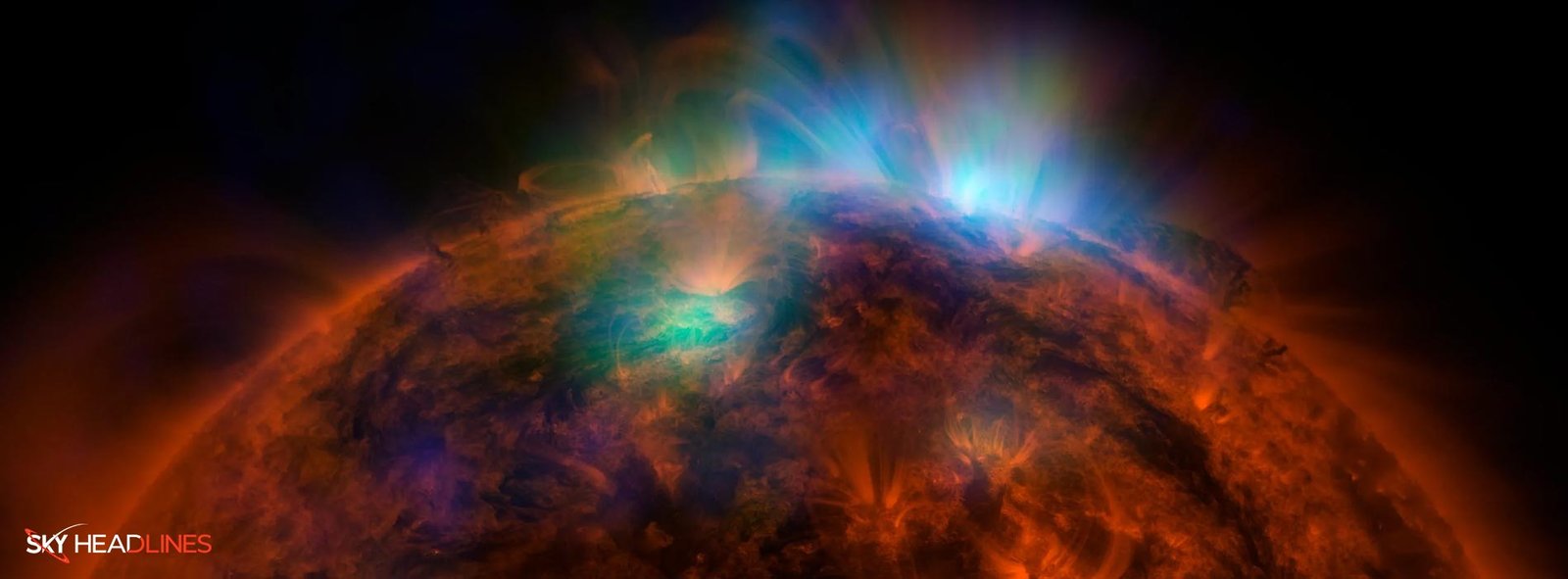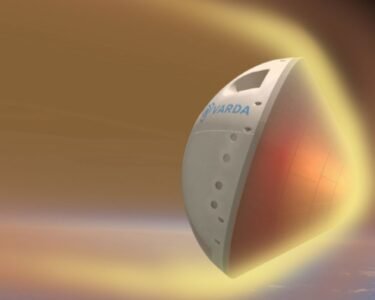The X-ray vision of the NuSTAR Telescope reveals some of the most burning regions in the Sun’s atmosphere. Human eyes cannot see all of the light that our closest star emits, not even on a sunny day. The Nuclear Spectroscopic Telescope Array of NASA captures a new image that shows part of this hidden light.
This includes the high-energy X-rays released by the hottest material in the Sun’s atmosphere. While the observatory’s primary focus is on studying celestial bodies. The celestial bodies that are outside of our solar system, such as enormous black holes and dead stars. It has also given astronomers new information on the Sun.
NuSTAR Space Mission:
NASA’s X-ray “NuSTAR” launched on June 13, 2012. The design was just like a Small Explorer mission in collaboration with the Danish Technical University (DTU) and the Italian Space Agency. It was led by Caltech in Pasadena, California, and JPL manages it for NASA’s Science Mission Directorate in Washington (ASI) controls it.
The Goddard Space Flight Center in Greenbelt, Maryland, Columbia University, and DTU all contributed to the construction of the telescope’s optics. Orbital Sciences Corp. in Dulles, Virginia created the spacecraft. The University of California, Berkeley houses the NuSTAR mission operations center, while NASA’s High Energy Astrophysics Science Repository Research Center is home to the program’s official data archive. ASL provides the mission’s ground station and a mirror data archive. Caltech manages JPL.
The Picture of the Sun:
In the composite image above (left), NuSTAR data are shown in blue, and observations from the X-ray Telescope (XRT) on the Hinode mission of the Japanese Aerospace Exploration Agency and the Atmospheric Imaging Assembly (AIA) on NASA’s Solar Dynamics Observatory (SDO) are shown in green and red, respectively. The picture of the Sun from the station in Earth of NuSTAR telescope orbit is a mosaic of 25 photographs that scientists got in June 2022. This is due to the fact of the observatory’s extremely narrow field of view and inability to see the full Sun.
NuSTAR telescope detects high-energy X-rays at a few specific spots in the Sun’s atmosphere. On the other hand, Hinode’s XRT and SDO’s AIA see the emitting wavelengths across the entire surface of the Sun.
NuSTAR’s views corona:
The Sun’s outer atmosphere, known as the corona, reaches more than a million degrees, making it at least 100 times hotter than its surface. NuSTAR’s view may help scientists unravel this mystery, which is one of the biggest ones about our nearest star. This confuses the scientists. This is because the Sun’s radiation radiates outward from its center. Compared to fire, the air is 100 times hotter than the flames.
Nanoflares:
Nanoflares are tiny eruptions in the Sun’s atmosphere. They could be the cause of the corona’s heat. “Flares” that are large bursts of heat, light, and particles are visible by a variety of solar observatories.
Even though nanoflares are substantially smaller events, both types of flares emit material that is even hotter than the corona’s mean temperature. Nanoflares may occur much more frequently than regular flares, possibly frequently enough to heat the corona as a whole. Regular flares don’t occur frequently enough to maintain the corona at the high temperatures scientists observe.
NuSTAR can detect light from the high-temperature material that is anticipated to be formed when a large number of nanoflares occur close to one another, even though individual nanoflares are too faint to monitor among the Sun’s intense light. This capability enables physicists to study nanoflares’ energy release mechanism and frequency.
The closest encounter with the Sun:
These observations were got during NASA’s Parker Solar Probe’s 12th near approach to the Sun, or perihelion. This is the closest encounter with the Sun in spacecraft history. Scientists use the NuSTAR telescope to make observations during one of Parker’s perihelion crossings. This helps them to link activity in the Sun’s atmosphere that is seen from a distance. Samples of the solar environment were directly collected by the probe.





